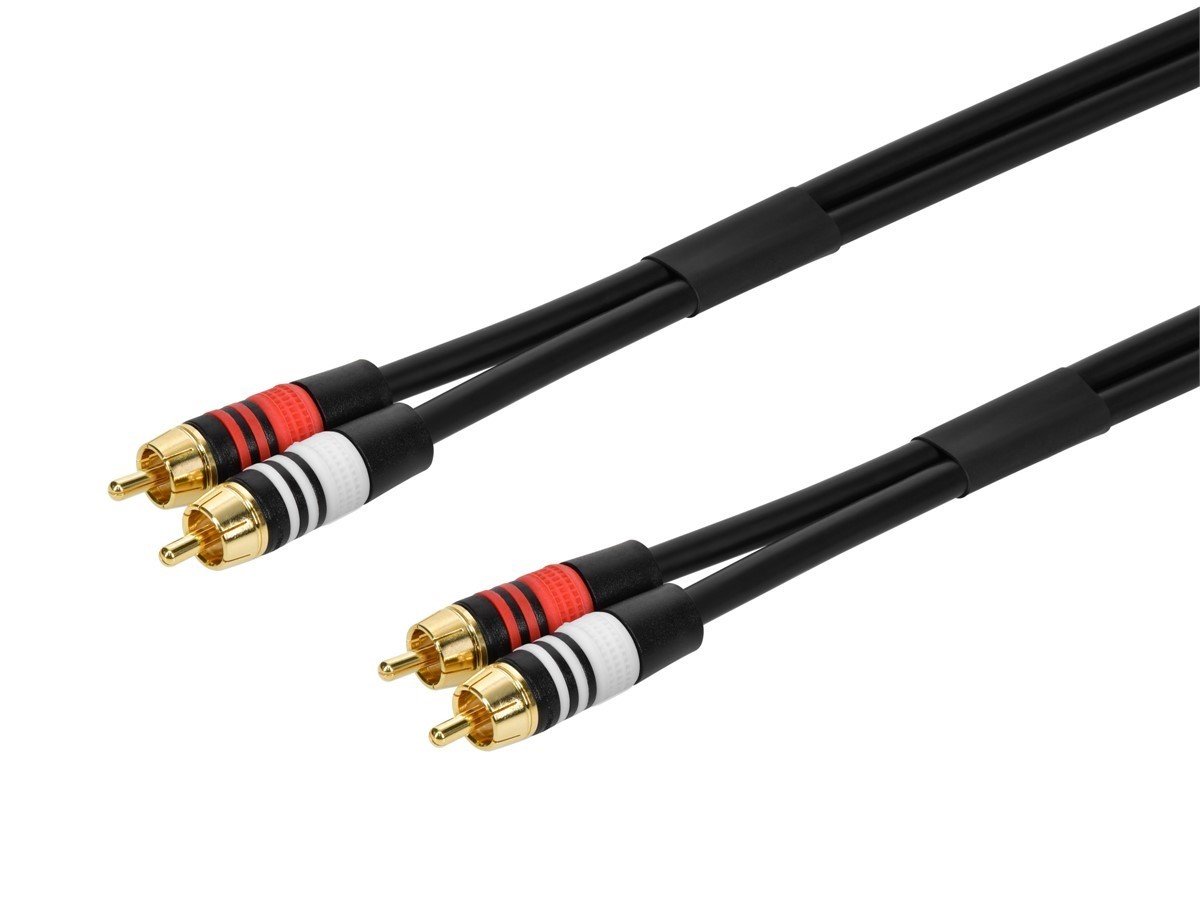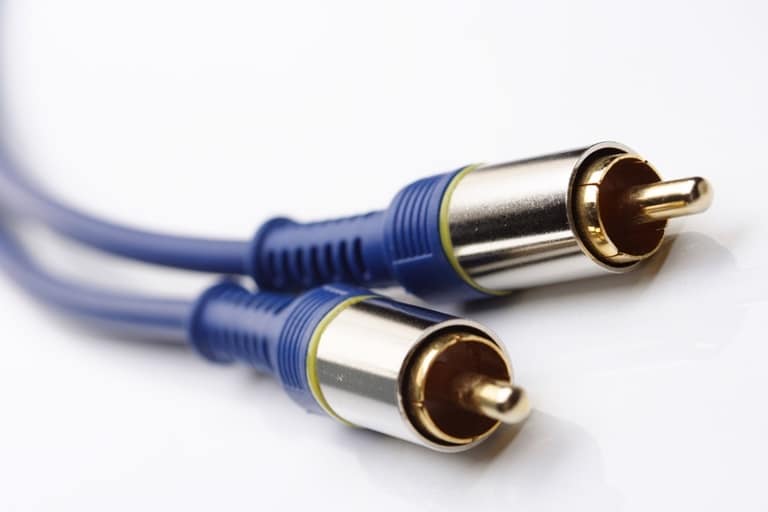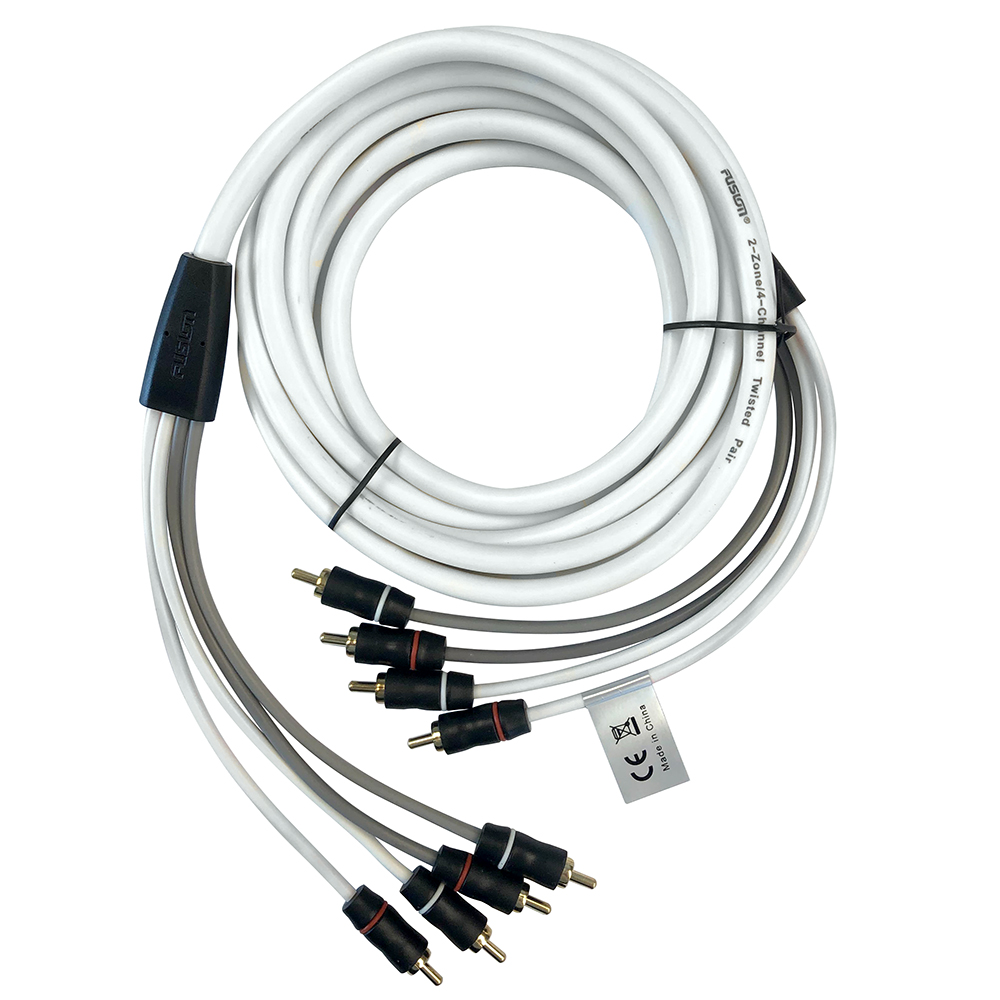

Some variants of the plug, especially cheaper versions, also give very poor grip and contact between the ground sheaths due to their lack of spring action. Continuous noise can occur if the plug partially falls out of the jack, breaking the ground connection but not the signal. The signal-carrying pin protrudes from the plug, and often comes into contact with the socket before the grounded rings meet, resulting in loud hum or buzz if the audio components do not share a common ground and are powered while making connections. RCA connectors and cable are also commonly used to carry S/PDIF-formatted digital audio, with plugs colored orange to differentiate them from other typical connections.Ĭonnections are made by pushing the cable's plug into the female jack on the device. Its use as a connector for composite video signals is extremely common but provides poor impedance matching. As with many other connectors, it has been adopted for uses other than originally intended, including as a DC power connector, an RF connector, and as a connector for loudspeaker cables. The RCA connector was initially used for audio signals. The jack has a small area between the outer and inner rings which is filled with an insulator, typically plastic (very early versions, or those made for use as RF connectors, used ceramic). The ring on the jack is slightly smaller in diameter and longer than the ring on the plug, allowing the plug's ring to fit tightly over it. Devices mount the socket ( female jack), consisting of a central hole with a ring of metal around it. The ring is often segmented to provide spring gripping pressure when mated. In the most normal use, cables have a standard plug on each end, consisting of a central male connector, surrounded by a ring. Other uses RCA female jacks used for YPbPr component video output Composite video cable with RCA male plugs for the Xbox 360

Refinement of the RCA connectors came with later designs, although they remained compatible. In the 1950s, RCA connectors began to replace the older quarter-inch ( 1⁄ 4 inch) phone connectors for many other applications in the consumer audio world when component high-fidelity systems started becoming popular during the transistor revolution.

Three lower-cost 1939 television models had an audio output connector on their rear panel instead of an integrated amplifier and speaker: RCA TT-5, Westinghouse WRT-700, GE HM-171. In 1939, RCA introduced two radio- television floor consoles (TRK-9, TRK-12) which used the same internal connection concept but the audio output of the television chassis was connected to the radio/amplifier chassis via a male to male cable. RCA later marketed a special turntable for 45 RPM records, the model 9JY. The connector was labeled on the back of radio with one of the following terms: " Victrola", " Phono", "Pick-up", "Television". īy no later than 1938, RCA migrated the female connector to the rear panel of many of their desktop AM radio models to allow customers an easy method to attach an external phonograph or television at a later date. Originally, the concept was intended as an easy method to unhook sources while troubleshooting the console during servicing. In the U-109, the internal amplifier chassis had female connectors which accepted male cables from the internal radio chassis and built-in phonograph player. In 1937, it was used inside a RCA model U-109 radio- phonograph and model R-97 phonograph. The following dates were derived from historical RCA documentation.īy no later than 1937, RCA introduced this connector. The exact release date of this connector is still a little vague. Tag reads "An inexpensive RCA Victor record player will make a fine Victrola of this radio. History Rear panel of a 1939 RCA model 45EM vacuum tube desktop AM radio with a female RCA jack. RCA jacks are often used in phono inputs, a set of input jacks usually located on the rear panel of a preamp, mixer or amplifier, especially on early radio sets, to which a phonograph or turntable is attached. The word phono in phono connector is an abbreviation of the word phonograph, because this connector was originally created to allow the connection of a phonograph turntable to a radio receiver. It is also called RCA phono connector or phono connector. The connectors male plug and female jack are called RCA plug and RCA jack. The name RCA derives from the company Radio Corporation of America, which introduced the design in the 1930s. The RCA connector is a type of electrical connector commonly used to carry audio and video signals. RCA plugs for composite video (yellow) and stereo audio (white and red)


 0 kommentar(er)
0 kommentar(er)
